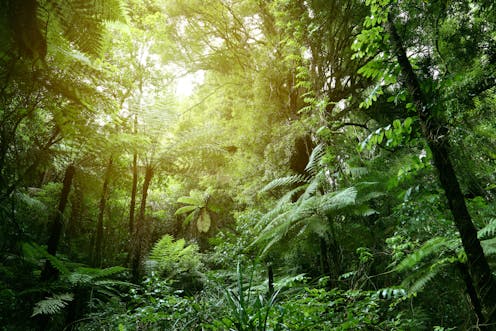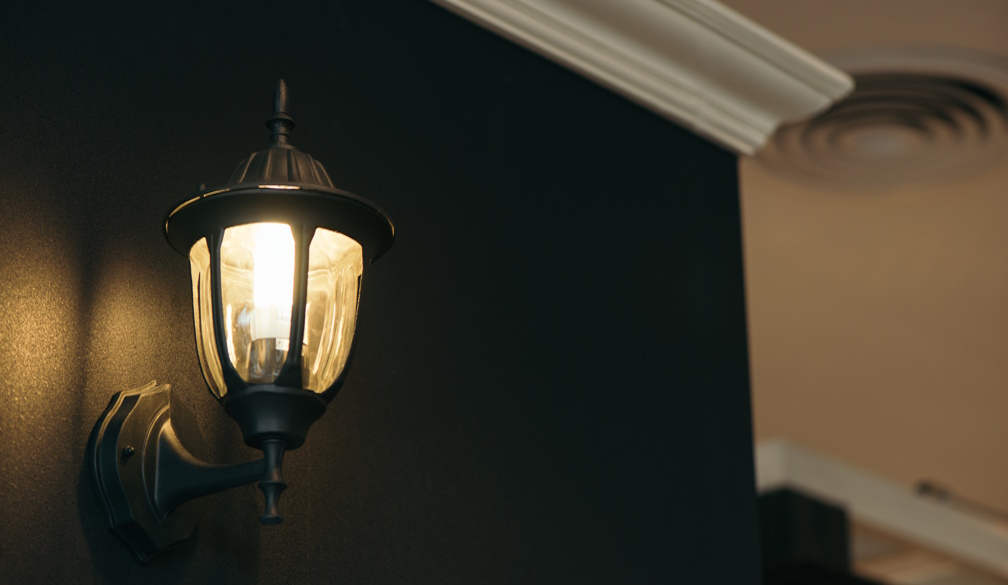New Zealand's productivity commission charts course to low-emission future
- Written by Robert McLachlan, Professor in Applied Mathematics, Massey University

New Zealand has set itself a target of becoming carbon-neutral by 2050.
A recent report issued by the New Zealand Productivity Commission has found that this is an achievable goal, even under modest forecasts of technological progress and increases in carbon price.
Read more: A fresh start for climate change mitigation in New Zealand
Rising emissions
New Zealand already had a goal of reducing greenhouse gas emissions to 50% below 1990 levels by 2050. That target had been in place since 2002, but emissions continued to rise through the 2000s.
An emissions trading scheme, which began operating in 2008, failed to stop the increase. A flood of imported cars increased New Zealand’s vehicle fleet and its emissions by 20% in just the past four years. A “wall of timber”, expected after 2020 as existing plantations are harvested, would further greatly increase net emissions under current carbon accounting rules.
Agriculture is responsible for an unusually large proportion — just under 50% — of New Zealand’s emissions. These emissions were rising too, especially long-lived nitrous oxides released by effluent and synthetic fertilisers.
A key part of New Zealand’s plan to meet global obligations had always been international carbon trading. However, in the Ukraine hot air scandal, low-integrity carbon credits were imported at rock-bottom prices. International trading was therefore suspended in 2015.
Aiming for zero
The Paris climate agreement made New Zealand’s “50 by 50” target — which the country wasn’t on track to meet — look distinctly weak. It has now become clear that only zero net emissions can stabilise temperatures, at any level, in the long run.
Read more: A new approach to emissions trading in a post-Paris climate
In was in this context that New Zealand’s previous government asked the Productivity Commission to examine the “opportunities and challenges of a transition to a lower net emissions economy”. A few months into their work, the government changed and the new climate change minister, the Greens’ James Shaw, reinforced the urgency of the inquiry by asking the commission to consider the possibility of a net zero target for 2050.
The resulting 500-page report, now available in draft form, is a huge and comprehensive piece of work. From the very beginning, the commission knew what they were up against, writing that:
…the shift from the old economy to a new, low-emissions, economy will be profound and widespread, transforming land use, the energy system, production methods and technology, regulatory frameworks and institutions, and business and political culture.
The impact of widespread consultation, evidence and research is clear throughout. Although it is only advice, the report is a valuable resource for all future work on emissions reduction. It joins a chorus of similar (but much less detailed) studies issued recently.
Cost of carbon
The report finds that the carbon price required to get to zero net emissions in 2050 is fairly modest. In one model, it rises from its present price of NZ$21/tonne to NZ$55 in 2030 and NZ$157 in 2050 — within the NZ$100-250 range of global estimates consistent with the goal of keeping global temperature rise below 2℃. In other words, New Zealand does not have an unusually difficult decarbonisation challenge.
Although the report covers all main aspects of society and economy, there are three big changes that stand out:
Transport must be electrified rapidly (in some models, nearly all light vehicles entering the fleet must be zero-emission by the early 2030s)
Huge numbers of trees – up to an extra 2.8 million hectares, tripling the current plantation estate – must be planted to absorb carbon dioxide. These trees have to go somewhere, probably on sheep and beef farms
A lot of new renewable electricity generation will be needed, nearly doubling the present capacity, which is already 85% renewable.
Emissions trading can work
The meat of the report is the policies and institutions required to support and drive the transition. Key among them is a revised emissions trading scheme. So far the scheme has failed to reduce domestic emissions because the price of carbon was too low. This was driven mainly by low international prices, sector exemptions (including agriculture), and policy uncertainty which left businesses and investors unclear about future rules and prices.
The commission’s key recommended fixes include the adoption of a falling cap on emissions (to drive up prices and guarantee emissions reductions); a rising price cap (to prevent shocks to the economy and political resistance from emitters); and a rising price floor (to provide confidence to investors in low-emission technologies). Indeed, California’s system includes all of these elements and is currently on track to reduce emissions to 40% below 1990 levels by 2030.
Besides the emissions trading scheme, the report argues that every sector needs its own strategy. For example, on transport, it recommends an emissions standard - something most other developed countries except Australia currently have. Without this, New Zealand risks becoming a dumping ground for high-emission vehicles that manufacturers cannot sell elsewhere. They also recommend a “feebate” scheme, in which vehicles entering the fleet either incur a fee (if they have above-average emissions) or receive a rebate.
Risks and opportunities
I see a few key risks. First, trade-exposed industries, such as agriculture and food and metal processing, need to get discounts on carbon prices to remain competitive. A future in which each global industry decarbonises in a coordinated way does not seem likely, but each industry in each country still needs an incentive to clean up. This aspect remains difficult to deal with. For example, the recommendation that agriculture should be fully phased into the ETS is far outside the political mainstream in New Zealand at the moment.
The falling cap on emissions is an absolutely vital component, but it remains a decision that could be subject to lobbying in the aftermath of some domestic or international crisis.
In none of the report’s scenarios do gross emissions fall by more than 43% by 2050. This is certainly achievable, and it is in line with what some countries are doing right now, but it means New Zealand is relying heavily on tree planting to get to net zero. This is not a long-term solution – eventually you run out of space to plant more trees.
Although the commission has cast its net wide, it does not encompass all views. Political scientist Bronwyn Hayward, perhaps influenced by Trumpism, sees a climate commission as just another panel of experts telling us what to do. Without a fundamental renewal of democracy, this risks a backlash. Naomi Klein goes even further and views neoliberalism as being in kahoots with the fossil fuel industry as the enemy, with the only hope being youth activism.
She might not be wrong. In New Zealand, the idea for a Zero Carbon Act did originate with a youth group, Generation Zero. Their campaign has led fairly directly to this detailed road map for a zero carbon future. The next step, a public consultation about the Zero Carbon Act itself, kicks off this month.
Authors: Robert McLachlan, Professor in Applied Mathematics, Massey University



















